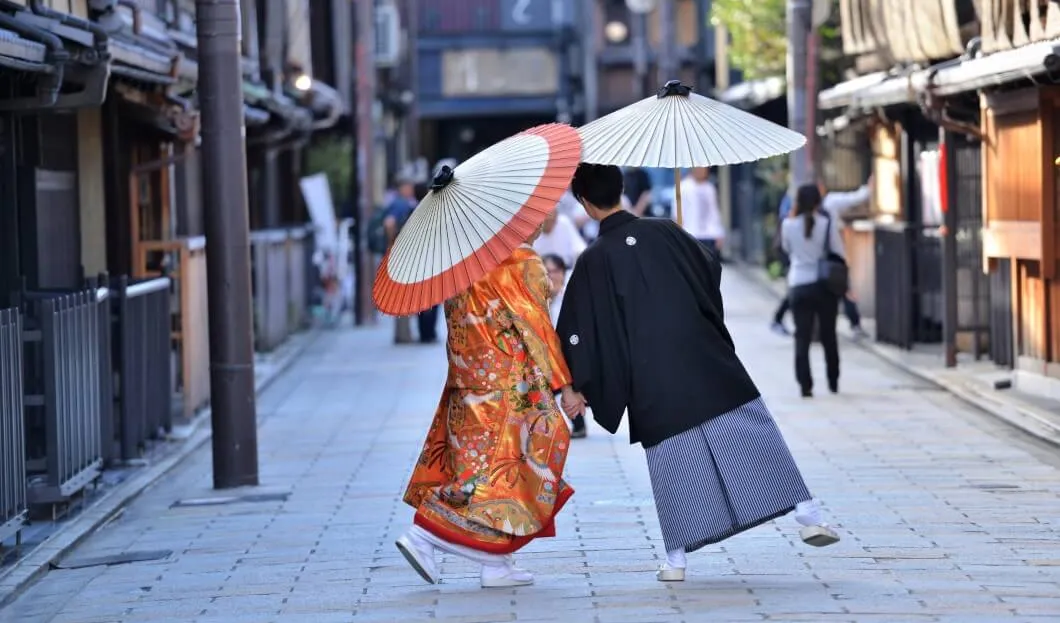
In Japan, more than in other destinations, the traveler often feels more than disoriented, sometimes totally lost. Decode the habits and customs of this amazing country with ten traditions that make it unique. Tourism review discovers the top 10 traditions that make the culture of the country distinctive and attractive to visitors to Japan.











